A crystal-clear swimming pool is an inviting oasis, offering relaxation and enjoyment for everyone. Behind the scenes, a crucial component silently plays a pivotal role in maintaining the pristine clarity of pool water. A swimming pool sand filter is a vital component of the pool's filtration system, responsible for effectively removing debris and impurities from the water. This innovative system diligently works to remove impurities, dirt, and debris, ensuring that the pool water remains clean and safe for swimmers. we will explore the vital role of a swimming pool sand filter in sustaining clear and healthy water.
How Does a Swimming Pool Sand Filter Work?
Pool water is pumped into the sand filter tank, where it passes through a bed of specially graded pool filter sand. The sand traps particles and contaminants as the water flows through, allowing clean water to exit the filter and return to the pool. Over time, as the sand becomes saturated with debris, the filter needs to be backwashed. During backwashing, the flow of water is reversed, flushing out trapped debris and refreshing the sand bed for continued filtration.
Key Components of a Swimming Pool Sand Filter Parts
Component | Description |
Multiport valve | A vital component that allows for various functions such as filtration, backwashing, rinsing, waste, recirculation, and closure. Controls water flow through the filter and is critical for maintenance tasks. |
Sand filter tank | The vessel that holds the filter medium is typically graded pool filter sand. It traps debris and impurities as the water passes through. |
Filter sand | Over time, the sand becomes saturated with debris and loses filtering ability. Regular replacement is necessary for optimal filtration efficiency. |
Pressure gauge | pool sand filter pressure gauge measures the pressure inside the filter tank, indicating when backwashing or rinsing is required to maintain performance. |
Drain assembly | Allows for draining water from the filter tank during maintenance and servicing. |
Internal piping and fittings | Facilitate the flow of water through the filter system, connecting the filter tank to the pump and other components. |
Signs That Indicate Sand Filter Replacement Is Needed
Decreased water flow: If the water flow from the return jets of your pool is much less than usual, it may be due to a clogged sand filter. This may be because a low water flow rate may slow down the filtration process, thus affecting the water clarity and the general performance of the pool.
Cloudy pool water: This is usually a result of poor filtration of the pool water. A sand filter that is either clogged or does not work in the way that it is supposed to filter out impurities will result in poor-quality water.
High filter pressure: A high pressure reading on your sand filter system means that the water is having a hard time passing through the filter.
Visible sand in the pool: If sand builds up at the bottom of the pool or is being returned to the pool after backwashing, it may mean that the sand bed of the filter is wearing out or the filter internals are damaged.
How to Replace Sand in Pool Filter?
Prepare the work area: It is advisable to spread a polythene sheet or a tarpaulin on the filter area to contain any spillage of sand and also for easy cleaning.
Open the filter: Using a screwdriver or the right tool, slowly remove the filter to get to the sand bed. Ensure that you do not harm any of the filter components in the course of this process.
Remove the old sand: Remove the old sand from the filter by using a small bucket or a scoop and then dispose of it. Make sure that all the old sand has been swept out before continuing.
Clean the filter: With the use of a garden hose, flush the interior of the filter tank to get rid of the remaining sand and dirt. Check the filter laterals and the hub assembly, and if they are damaged or worn out, then replace them.
Add new sand: Slowly add the new pool filter sand into the filter tank and make sure that it is well spread out. Check the instructions from the filter manufacturer to know the right amount of sand that should be added.
Reassemble the filter: After this, put back the filter in the correct manner to ensure that all the parts fit well and are well sealed.
Initial backwashing and rinse: After reassembly, it is recommended to do an initial backwash and rinse cycle to flush out any fine particles or debris from the new filter sand.
Check for leaks and proper operation: Rinse the filter, look for any signs of leakage, and make sure that all the connections are well made. After this, one can turn the filter system back on and observe the performance of the new sand in the system.
By following these steps and precautions, you can successfully replace the sand in your pool filter, ensuring that your pool filtration system remains efficient and effective in keeping your pool water clean and clear.
Tips for Pool Sand Filter Maintenance
To prolong the life of your pool sand filter and ensure its efficient operation, implementing a regular maintenance routine is essential. Here are some pool sand filter maintenance tips:
Maintenance Task | Description |
Regular backwashing | Clean the filter sand and remove trapped debris. Backwash when the pressure gauge shows a 7-10 psi increase over normal operating pressure. |
Inspect and replace the multiport valve | Regularly check for leaks, cracks, or operational issues. Replace the valveor components as needed for optimal filtration. |
Clean and inspect the sand filter tank | Periodically inspect the tank for damage and debris accumulation. Clean as necessary to ensure optimal water flow. |
Spring maintenance | Before the swimming season, thoroughly inspect the sand filter system, replace filter sand if needed, and secure all connections. |
Summer maintenance | Monitor the pressure gauge and backwash regularly to maintain efficient filtration during high-usage months. |
Fall maintenance | Check and clean the filter more frequently to prevent blockages from leaves and debris. |
Winterization | Properly winterize the sand filter system per manufacturer instructions to prevent freezing damage in cold climates. |
Common Issues with Sand Filter Replacement and Solutions
Low water flow
Possible causes: Low water flow after a sand filter replacement may be due to improperly sized or graded filter sand, a clogged impeller in the pump, or air leaks in the suction side of the pump.
How to address: Verify that the correct grade and amount of filter sand are used. Check and clean the impeller, and inspect all connections for air leaks. Ensure that the pump is primed and there are no obstructions in the system.
Cloudy water and its relation to filter performance
Possible causes: Cloudy water post-filter replacement can stem from incomplete backwashing, residual debris in the filter system, or an imbalance in pool chemistry.
How to address: Perform a thorough backwash and rinse cycle to remove any residual debris. Consider testing and adjusting the pool's chemical balance to ensure proper water clarity.
Common Problems with Swimming Pool Sand Filter Parts
Sand filter pump issues
Problem: If the sand filter pump is not priming or is making unusual noises, it may indicate a problem such as a clogged impeller, air leaks, or motor issues.
Solution: Inspect and clean the impeller, and check for air leaks in the system. If the problem persists, consider consulting a professional for further evaluation.
Multiport valve for sand filter
Problem: Difficulties in switching functions, leaks, or inaccurate pressure readings could indicate issues with the multiport valve.
Solution: Inspect the valve for leaks and functionality. Replace any damaged or worn-out components and ensure proper sealing to address issues with the multiport valve.
Sand filter tank concerns
Problem: Damaged tank components, leaks, or corrosion.
Solution: Regularly inspect the tank for any visible damage, leaks, or signs of corrosion. Address any issues promptly to prevent further damage and maintain the integrity of the filter system.
Maintaining and replacing swimming pool sand filter parts is crucial for sustaining a clean and well-functioning pool filtration system. By following the recommended replacement procedures and adhering to regular maintenance practices, pool owners can ensure the longevity and efficiency of their sand filter systems. A well-maintained sand filter not only provides clear water but also contributes to the overall enjoyment and satisfaction of the swimming pool experience. USA Pool Shop offers a range of pool filter replacement parts, including filter cartridges, sand, DE powder, o-rings, pump impellers, and pressure gauges. These components are essential for ensuring your pool filter operates efficiently, keeping your pool clean and well-maintained.
FAQs
How do I clean the Hayward pool filter sand replacement side panel?
Regular maintenance tasks for a Hayward sand filter system include backwashing and rinsing the filter, checking and replacing Hayward sand filter parts, inspecting for leaks, monitoring pressure gauge readings, and maintaining proper water chemistry.
What is the role of a sand filter pump in a pool filtration system?
A sand filter pump circulates water through the sand filter, where debris and impurities are trapped in the sand bed and clean water is returned to the pool.
What are some common Hayward sand filter parts that may need replacement over time?
Hayward sand filter parts that may require replacement include the multiport valve, lateral assembly, pressure gauge, O-rings, and drain cap.

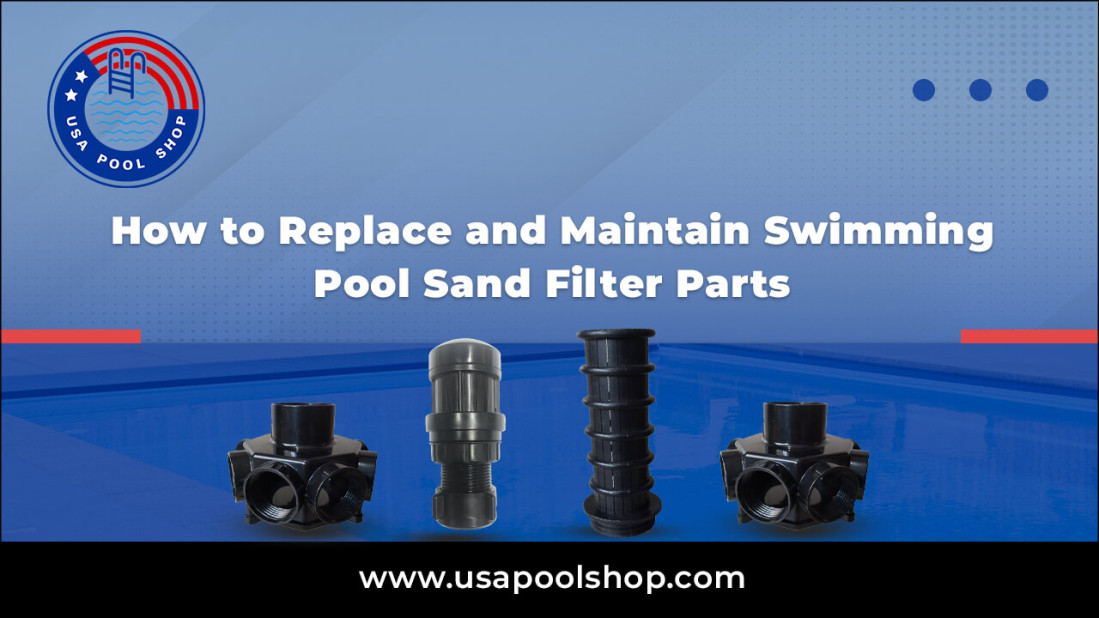
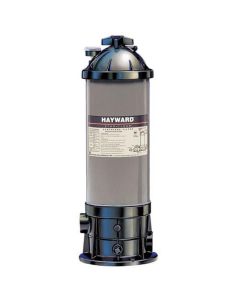
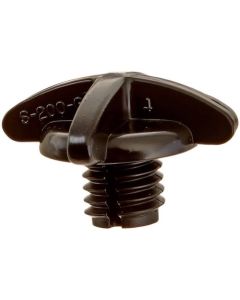
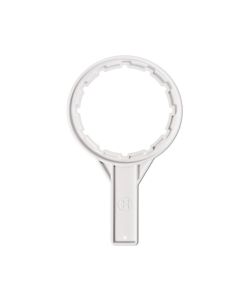
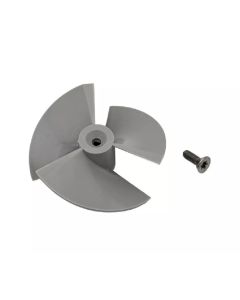
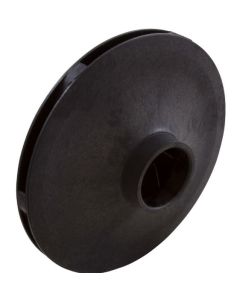
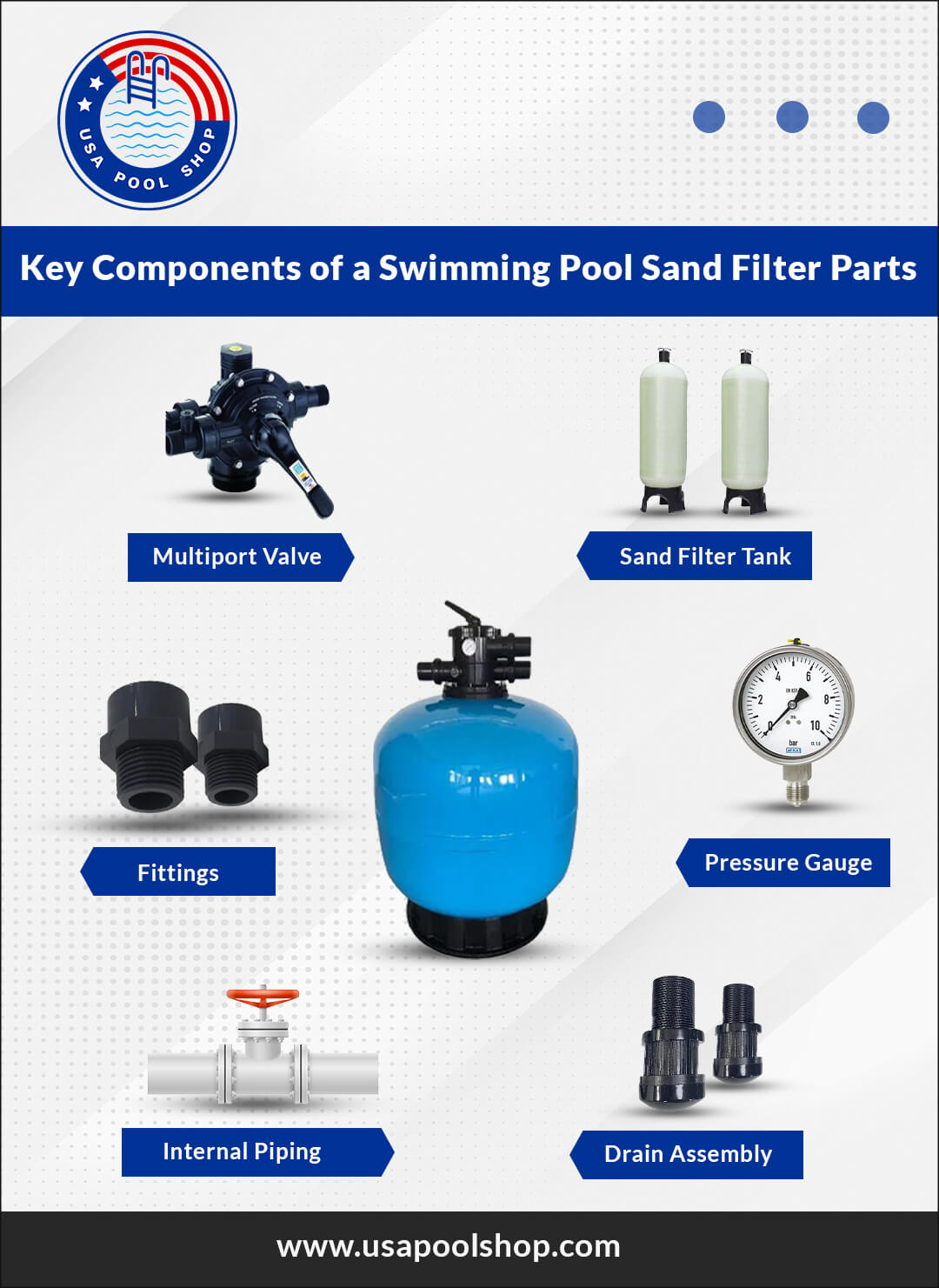



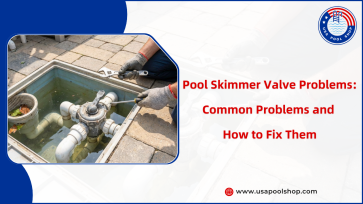



Validate your login